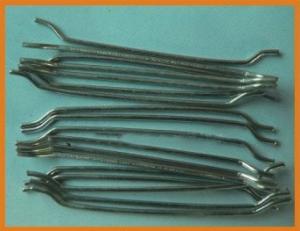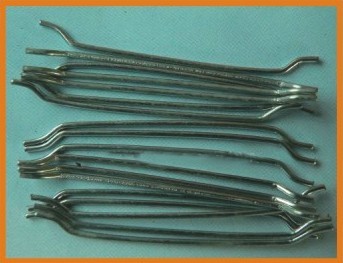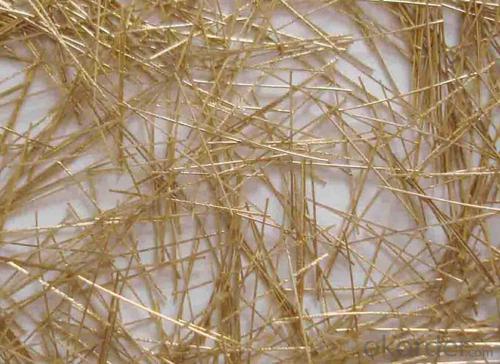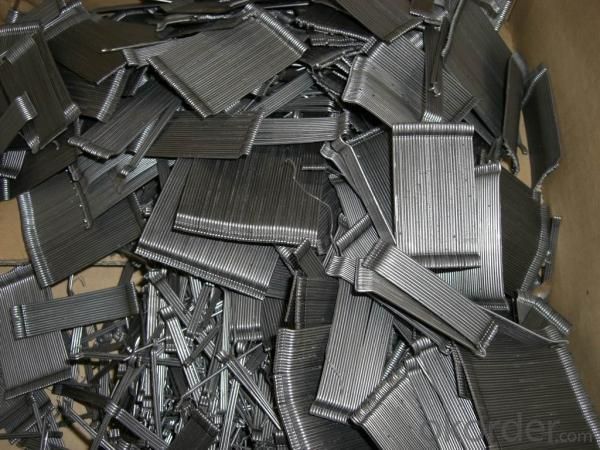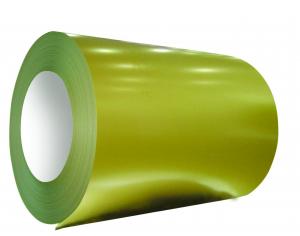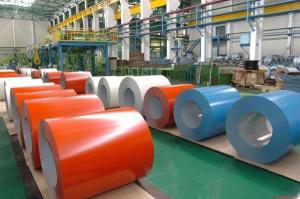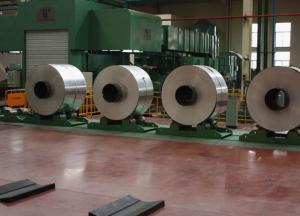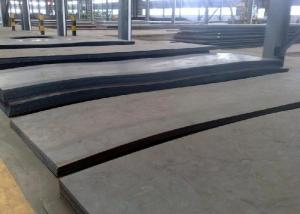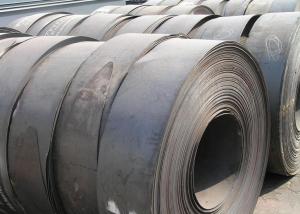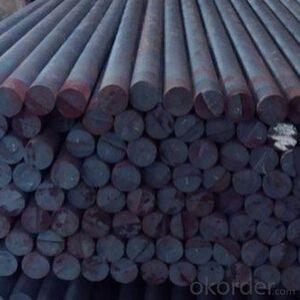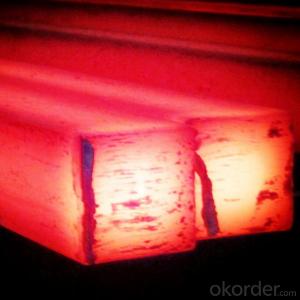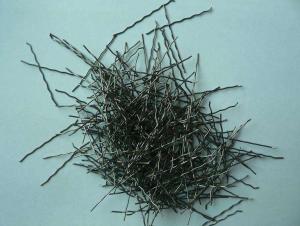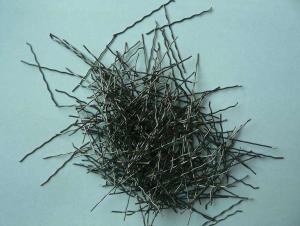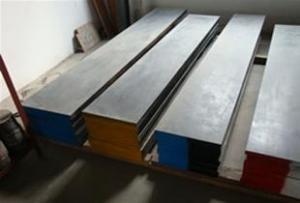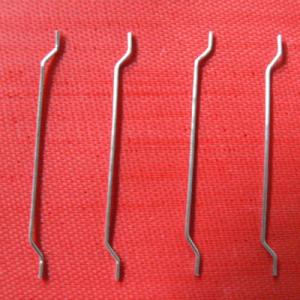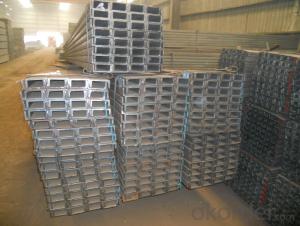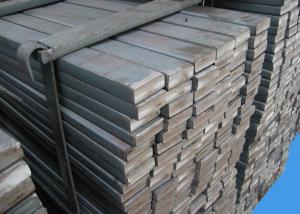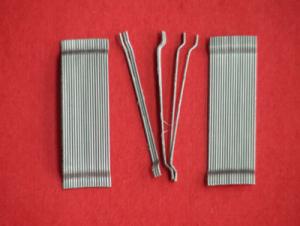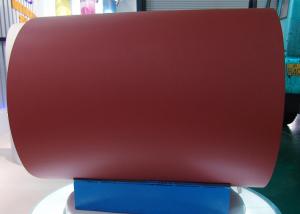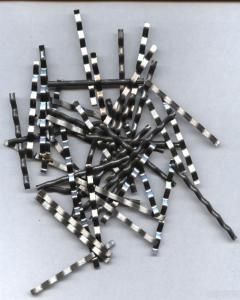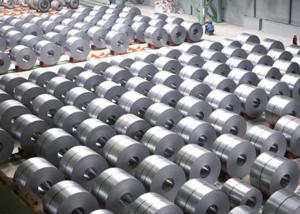High Quality Steel Fiber
- Loading Port:
- Guangzhou Port
- Payment Terms:
- TT or L/C
- Min Order Qty:
- 5 Tons m.t.
- Supply Capability:
- 50000000 Ton Per Year m.t./month
OKorder Service Pledge
OKorder Financial Service
You Might Also Like
Intruduction of High Quality Steel Fiber:
Our products use high-quality low-carbon steel wire, they are high-performance steel fiber, with the characteristics of the high tensile strength, good toughness, etc. The product is widely welcomed by many countries all over the world. Our professinal service and good quality has won high reputation at home and abroad. The glued steel fiber could avoid the fiber tangle together, it is more smooth when mixed.
Data Sheet of High Quality Steel Fiber:
DIA (mm) | Length (mm) | Tensile Strength (MP) |
1 | 60 | ≥1000 |
1 | 50 | ≥1000 |
0.9 | 60 | ≥1000 |
0.9 | 50 | ≥1000 |
0.75 | 60 | ≥1000 |
0.75 | 45 | ≥1000 |
0.75 | 35 | ≥1000 |
0.55 | 30 | ≥1000 |
0.5 | 30 | ≥1000 |
0.5 | 25 | ≥1000 |
0.4 | 25 | ≥1000 |
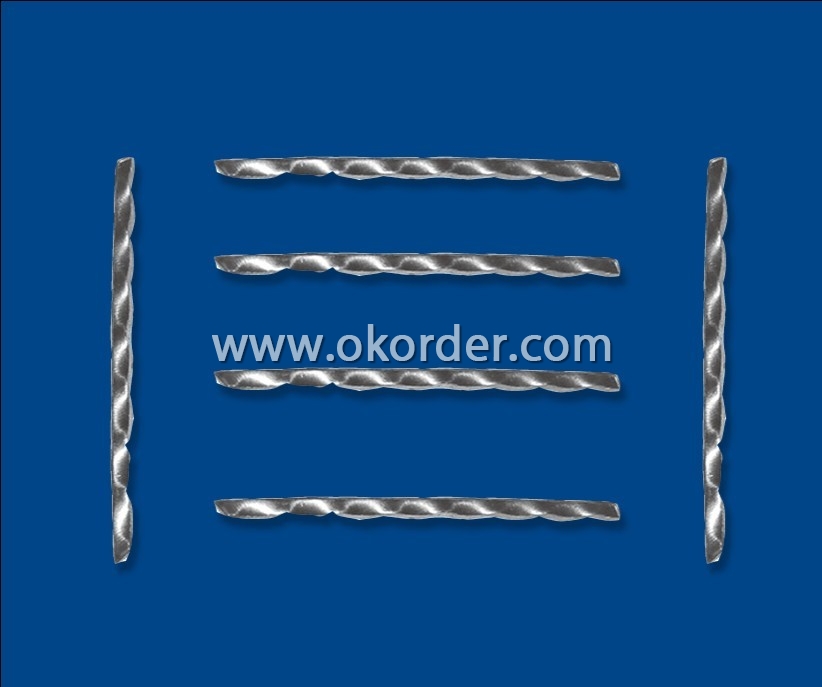
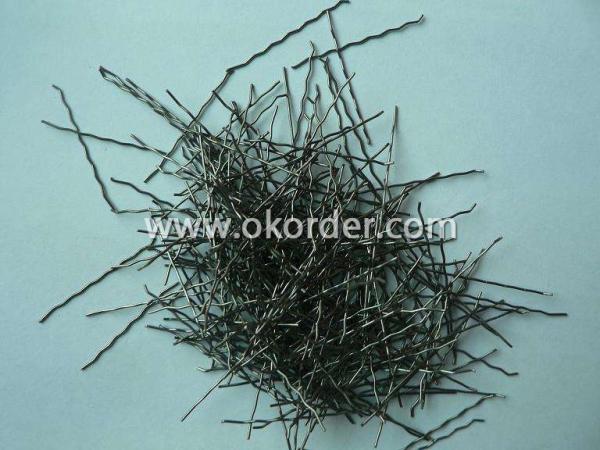
- Q: What are the properties of high-strength steel for structural applications?
- High-strength steel for structural applications possesses properties such as exceptional strength, excellent toughness, and superior corrosion resistance. It can withstand heavy loads and external forces while maintaining its structural integrity. Additionally, high-strength steel exhibits a higher yield strength and ultimate tensile strength compared to regular steel, allowing for the creation of lighter and more efficient structures.
- Q: What are the different types of steel sheets and their applications?
- There are several different types of steel sheets, each with their own unique properties and applications. Some common types include cold rolled steel sheets, hot rolled steel sheets, galvanized steel sheets, and stainless steel sheets. Cold rolled steel sheets are known for their smooth finish and high strength, making them ideal for applications such as automotive parts, appliances, and construction materials. Hot rolled steel sheets are less smooth but have a higher tolerance for shaping and bending, making them suitable for structural components, machinery, and pipe manufacturing. Galvanized steel sheets are coated with a layer of zinc to protect against corrosion, making them commonly used in outdoor structures, roofing, and automotive body parts. Stainless steel sheets are highly resistant to corrosion and staining, making them popular in applications such as kitchen equipment, medical instruments, and architectural features. Overall, the choice of steel sheet type depends on the specific requirements of the application, including strength, durability, corrosion resistance, and desired aesthetic.
- Q: How is steel sheet metal formed?
- Steel sheet metal is formed through a process called cold rolling, where the steel is passed through a series of rollers to reduce its thickness and increase its length. This process allows for the creation of thin and flat sheets of steel that are used in various industries for manufacturing purposes.
- Q: What are the different types of steel scaffolding systems?
- There are several types of steel scaffolding systems, including tube and coupler scaffolding, system scaffolding, and frame scaffolding. Tube and coupler scaffolding consists of tubes and couplers that are connected together to form a stable structure. System scaffolding uses pre-designed components that can be easily assembled and dismantled, providing flexibility and efficiency. Frame scaffolding is made up of frames and cross braces, offering a simple and sturdy solution for construction projects.
- Q: What are the different types of steel profiles and their uses?
- There are several different types of steel profiles, including I-beams, H-beams, angle iron, channel, and flat bars. I-beams are commonly used in construction and engineering projects to provide structural support. H-beams are similar to I-beams but have wider flanges, making them better suited for heavier loads. Angle iron is often used for framing and support structures, while channel steel is commonly used in the construction of walls, roofs, and floors. Flat bars are versatile and can be used for various applications, such as braces, supports, and decorative purposes.
- Q: What are the advantages of using steel for construction purposes?
- There are several advantages of using steel for construction purposes. Firstly, steel is incredibly strong and durable, making it capable of withstanding heavy loads and extreme weather conditions. Additionally, steel is a flexible material that can be easily molded into various shapes and sizes, allowing for versatile and creative designs. Moreover, steel is resistant to fire, corrosion, and pests, ensuring the longevity and safety of the structure. Furthermore, steel construction is faster and more efficient compared to traditional methods, reducing construction time and costs. Lastly, steel is a sustainable option as it is recyclable, minimizing environmental impact.
- Q: What is the role of steel in earthquake-resistant building design?
- The role of steel in earthquake-resistant building design is crucial as it provides strength, flexibility, and ductility to withstand and absorb the energy generated during an earthquake. Steel is used to reinforce concrete structures, such as beams, columns, and foundations, enhancing their ability to resist seismic forces. Additionally, steel frames and braces are often employed to create a more resilient and stable building system that can better withstand the lateral forces exerted by earthquakes.
- Q: What are the advantages and disadvantages of using stainless steel products?
- Advantages of using stainless steel products include their durability, resistance to corrosion and staining, high strength, and easy maintenance. They also have a sleek and modern appearance, making them suitable for various applications. However, stainless steel products can be relatively expensive compared to other materials, and they may require specialized equipment for fabrication or repair. Additionally, they can be prone to scratches and fingerprints, and may not be suitable for high-temperature applications.
- Q: How is steel used in the production of solar panels?
- Steel is primarily used in the production of solar panels for structural support and framing, providing durability and stability to the panels. It is commonly used for mounting systems, racking, and frames, ensuring that solar panels are securely positioned and able to withstand environmental conditions.
- Q: What are the properties and characteristics of stainless steel?
- Stainless steel is a corrosion-resistant alloy that contains a minimum of 10.5% chromium, which forms a passive layer on the surface, preventing further oxidation. It is known for its high strength, durability, and heat resistance, making it suitable for various applications. Stainless steel is also easy to clean, non-magnetic, and has excellent hygiene properties, making it ideal for use in the food and medical industries. It is available in different grades, each with specific properties, such as increased corrosion resistance or improved strength, to suit different applications.
1. Manufacturer Overview
| Location | Hunan, China |
| Year Established | 1989 |
| Annual Output Value | Above US$ 10 Million |
| Main Markets | North America; South America; Eastern Europe; Southeast Asia; Africa; Oceania; Mid East; Eastern Asia; Western Europe; Central America; |
| Company Certifications | ISO 9001:2000 |
2. Manufacturer Certificates
| a) Certification Name | |
| Range | |
| Reference | |
| Validity Period |
3. Manufacturer Capability
| a) Trade Capacity | |
| Nearest Port | Guangzhou Port |
| Export Percentage | 41% - 50% |
| No.of Employees in Trade Department | Above 10 People |
| Language Spoken: | English; Chinese; |
| b) Factory Information | |
| Factory Size: | Above 20,000 square meters |
| No. of Production Lines | Above 10 |
| Contract Manufacturing | Design Service Offered; Buyer Label Offered |
| Product Price Range | High; Average |
Send your message to us
High Quality Steel Fiber
- Loading Port:
- Guangzhou Port
- Payment Terms:
- TT or L/C
- Min Order Qty:
- 5 Tons m.t.
- Supply Capability:
- 50000000 Ton Per Year m.t./month
OKorder Service Pledge
OKorder Financial Service
Similar products
Hot products
Hot Searches
Related keywords


